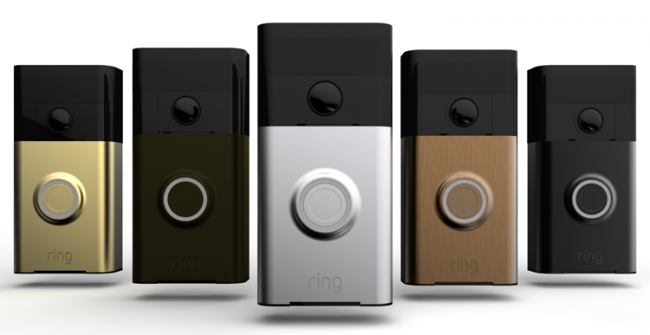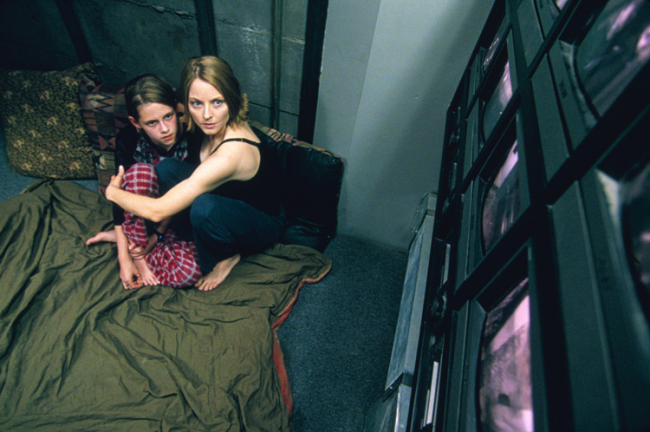On a July night, two armed intruders disguised as construction workers entered a house in the upscale Gravesend section of Brooklyn and tied up some of the eight people inside.
But before they could burglarize the property, police officers arrived, shooting and killing one of the suspects as he leaped over a fence.
While no serious harm came to the inhabitants, events like this in recent years have fed a narrative that New York is still dangerous, experts say, even if crime levels are at historic lows. And with the boom in high-end real estate, buyers are fueling an increase in demand for home-security systems, according to manufacturers, installers and real estate brokers.
“Yes, New York may be safer, but there are a lot more people living here every day,” said Robert Davis, the president of Red Alert, a New York City-based firm that designs custom security systems for residences. “And whenever you get a lot more people, you get more fear of crime.”
Townhouses show increasing demand for
security systems, as many are being converted
to singlefamily mansions in New York City.
Among the high-tech products to choose among are front-door cameras that can be monitored from smartphones, air filtration and heavy-duty compression systems that can keep bioterrorism germs at bay and video monitors that employ encryption.
Townhouses, whose living rooms are usually a few steps from public sidewalks, represent a market segment showing robust growth, particularly as many are being converted to single-family mansions in New York City.
For those clients, ADT, the security giant, recommends a complete package: locks, cameras, alarms and lights, tied together with its top-of-the-line Pulse platform, which allows homeowners to keep an eye on their homes from their phones. And there’s a new level of security: Any video is also now encrypted, making it difficult for hackers to access. Naturally, ADT will also monitor the homes from its dispatch center in upstate Rochester.
For a top-of-the-line ADT system for a typical Greenwich Village townhouse, expect to pay $2,500 for installation and $80 a month for service, said Tim McKinney, an ADT vice president.
Remote home monitoring, which gives homeowners a sense of security, is a growing area, but not all remote surveillance may be created equally. Companies like the popular Crestron, which allows remote control of climate systems and security functions like cameras, locks and alarms, are not ideal in the case of break-ins, McKinney said. In the event of an emergency, he said, you don’t want to have to scroll through your apps to figure out where the problem is.

Ring is a new video doorbell system.
For townhouse dwellers who want a better look at who’s at their front door, even when they’re not home, there’s Ring, a sleek video doorbell compatible with Pulse that ADT unveiled this summer. It enables an owner to identify a UPS delivery man by sight, buzz him in and instruct him where to leave a package, all without leaving, say, the beach, hundreds of miles away.
Townhouse owners worried about dirty bombs or chemical attacks, meanwhile, are splurging for special Israeli-made ventilation systems, which filter the air that comes into the building through a discreet six-inch-wide pipe.
Similarly, those kinds of clients are also often opting for massive compressors that create high pressure inside the townhouse, to keep toxic materials from seeping in around the edges, said Tom Gaffney, the founder of Gaffco Ballistics. “They’re becoming really popular,” said Gaffney, who is now adding these systems to four townhouses in the East 70s between Fifth and Madison.
The cost for a soup-to-nuts, roof-to-basement job that would also include ballistic-glass windows, reinforced doors, extensive alarms and three-point locks, like those from Securitech, a Queens company? Up to $600,000, he said.
Even some residents of co-ops and condos, who gain security by being several stories above the ground and in fully staffed buildings, are also fortifying their homes, though mostly for surveillance.
They are putting battery-operated cameras, which run on Wi-Fi without messy wiring, in vestibules, to keep an eye on visitors, said Davis of Red Alert. Inside, motion-triggered cameras are being installed in each room — a good rule of thumb, Davis said — to make sure that people who work in the apartment stay on the up and up.
A decade ago, New York apartment dwellers who took steps like these were foreigners from the Middle East. Demand today comes from a much broader population, including those who frequently deal with lots of cash, Davis said.
“Those types of clients are high-risk,” he said, “even if they’re not famous.”
Heavily fortified chambers to hide in during robberies, or “safe rooms,” are also ticking up in popularity, said Gaffney of Gaffco, who in early August had already built twice the number of safe rooms in the New York City region than at a comparable point in 2015.

Jodie Foster and Kristen Stewart in the 2002 thriller “Panic Room.”
Still, the rooms may not be as impenetrable as the type that sheltered Jodie Foster in the 2002 thriller “Panic Room.” Today, while they might have doors lined with Kevlar, the bullet-resistant plastic, their interiors might be more conventional and in fact double as closets.
“They’re a room somebody could feel safe in while waiting for the guys with the guns to arrive and save them,” Davis said.
Not everybody is gung-ho about extra surveillance. A condo in Brooklyn Heights that installed cameras in its halls after a woman was assaulted in its courtyard later removed them. Some residents thought the cameras invaded their privacy, said Davis, who was involved in the job.
New developments are getting in the game, too, for marketing upsides — and often to appease insurers, experts say.
At Circa Central Park, a new luxury condo in a once-rough area near Harlem, more than 30 security cameras augment the doormen in the lobby; in addition, a doorman-operated elevator lets guests only enter the floor they are visiting.
And at the Encore, a new luxury rental from Glenwood Management on the Upper West Side, all apartments come equipped with wall-inset cameras, said Wendy Perez, a leasing agent there. In addition, each unit has a wall-mounted speaker through which managers could warn tenants to evacuate, Perez added.
“You have a lot of people who are not from New York, and they think it’s a crazy and scary place to live,” she said. Move-ins began in July in the building, where a studio apartment was recently $3,662 a month. “And so far, no one says they don’t like it.”
